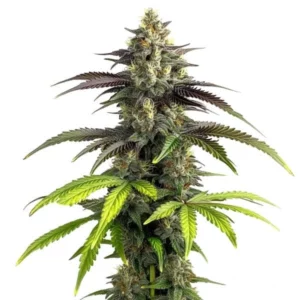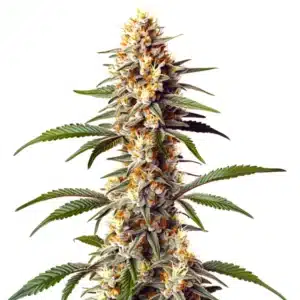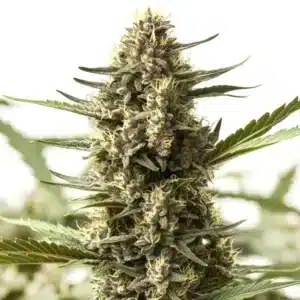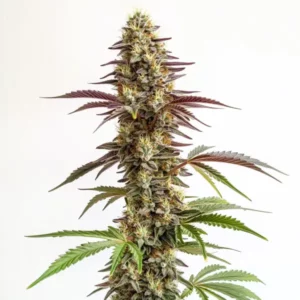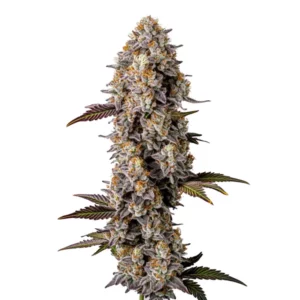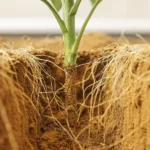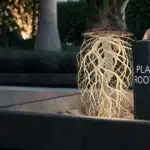
The Grower’s Haircut: How to Safely Trim Your Cannabis Roots
Let’s talk about a technique that sounds terrifying to most growers: taking a sharp blade to your plant’s root ball. The question comes up in hushed tones: “Can you actually trim cannabis roots?”
The answer is yes, you can. But should you? That’s a different question entirely. This isn’t a routine haircut; it’s a strategic intervention for specific problems. And if you do it wrong, you will kill your plant. So listen carefully, because we’re going to learn how to do it right.
Recommended Strains
Bruce Banner #3
|
|
THC | 20% - 29% (High) |
|
|
Type | Feminized |
|
|
Yield | Medium |
|
|
Phenotype | 50% Indica / 50% Sativa |
Bruce Banner 2.0
|
|
THC | 25% - 30% (High) |
|
|
Type | Feminized |
|
|
Yield | Medium |
|
|
Phenotype | 35% Indica / 65% Sativa |
The Unbreakable Law of Root Trimming
Before you even think about picking up a pair of scissors, memorize this rule. Tattoo it on your brain. You NEVER, EVER touch the main, central taproot.
That thick, primary root that grows straight down from the stalk is the plant’s heart. It’s the superhighway for everything the plant needs. If you cut it, the plant will die. End of story. This entire technique is about carefully pruning the outer roots, never the core.
Promos & Deals
Why Trim? The Two Main Scenarios
You should only be trimming roots for two reasons.
1. Your Potted Plant is “Root-Bound” This happens when a vigorous plant runs out of space in its pot. When you pull it out, you see a solid, tangled mass of roots coiled around the edges. The plant is choking itself. Growth has stalled because there’s nowhere left to go.
Here’s the fix: Gently remove the plant from its pot. With a clean, sharp knife, literally “shave” off the outer layer of tangled, secondary roots. Be firm but gentle. Then, place it in a slightly larger pot and, this is key, pack fresh, new soil tightly into the gap you’ve created around the edges. This gives the newly pruned roots a perfect, nutrient-rich space to expand into.
2. Your Hydroponic System is Clogging (The More Common Reason) For you hydro growers, this isn’t just a fix; it’s routine maintenance. In a hydro setup, roots grow like absolute monsters. That’s the point! But they will inevitably clog your pipes, pumps, and channels, starving the system of water and nutrients. You have to periodically pull out your net pots and carefully trim back the massive root growth to keep the lifeblood of your system flowing.
The Best Time and The Best Plants
Always perform root trimming during the vegetative stage. The plant is strong and focused on growth, so it will recover quickly. Doing this during the flowering stage can cause immense stress and ruin your harvest.
This technique is most needed on incredibly vigorous strains. Think of monsters like Gorilla Glue #4, Blue Dream, or Bruce Banner #3. Their desire to Thrive is so strong that they’ll quickly outgrow their pots or choke a hydro system, making them prime candidates for a strategic trim. When you Cultivate these beasts, you have to be prepared to manage their power, both above and below the ground.
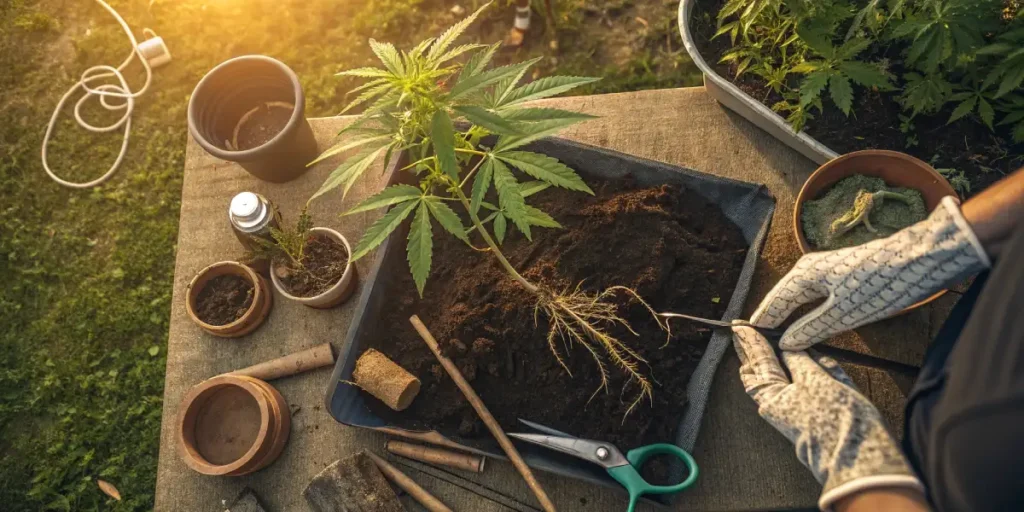
FAQs of Can You Trim Cannabis Roots
Is it safe to trim cannabis roots?
Yes, but ONLY if you do it correctly. It is safe to trim the outer, secondary, fibrous roots of a plant that is root-bound or clogging a hydro system. It is NEVER safe to cut the main, central taproot doing so will kill your plant.
Which roots should I never cut?
The main taproot. This is the thick, single root that grows directly down from the stalk when the plant first sprouts. It is the plant’s primary lifeline. Never cut it, damage it, or prune it in any way.
Why is root trimming more common in hydroponics?
Because in hydroponics, there is nothing to restrict root growth. The roots grow so large and fast that they physically clog the plumbing of the system the tubes, pipes, and pumps. Trimming becomes a necessary maintenance task to keep the nutrient solution flowing to all the plants.
What do I do right after trimming the roots of a potted plant?
After you’ve trimmed the outer, tangled layer of roots, you should immediately re-pot the plant into a slightly larger container. The most important step is to pack fresh, new soil into the space around the trimmed root ball. This gives the plant a fresh, nutrient-rich environment to grow new, healthy roots into.



